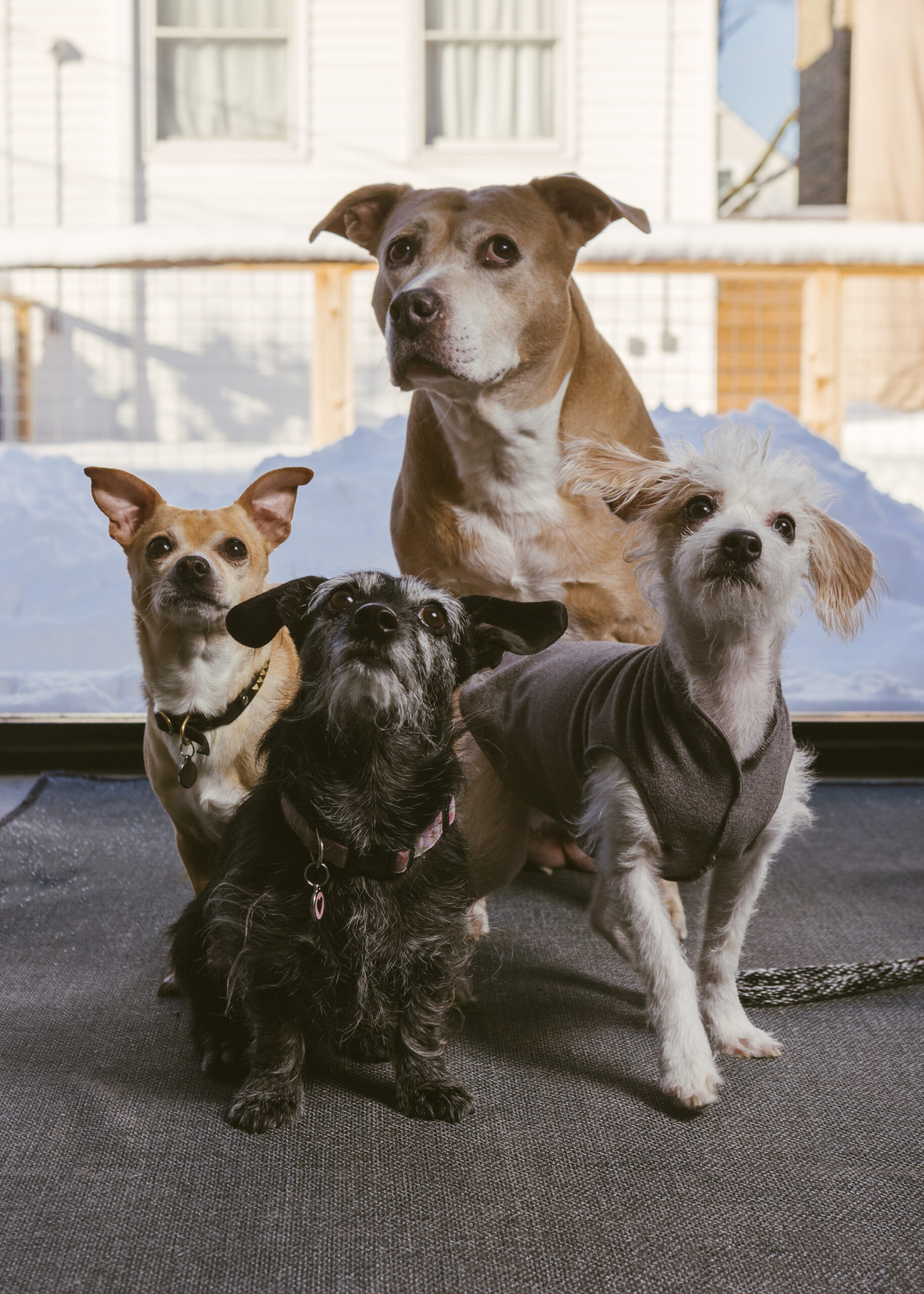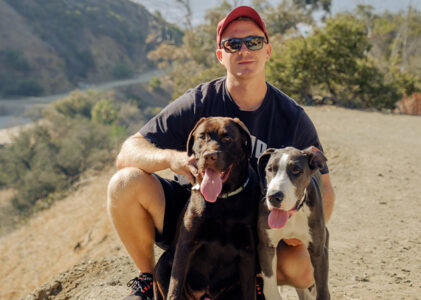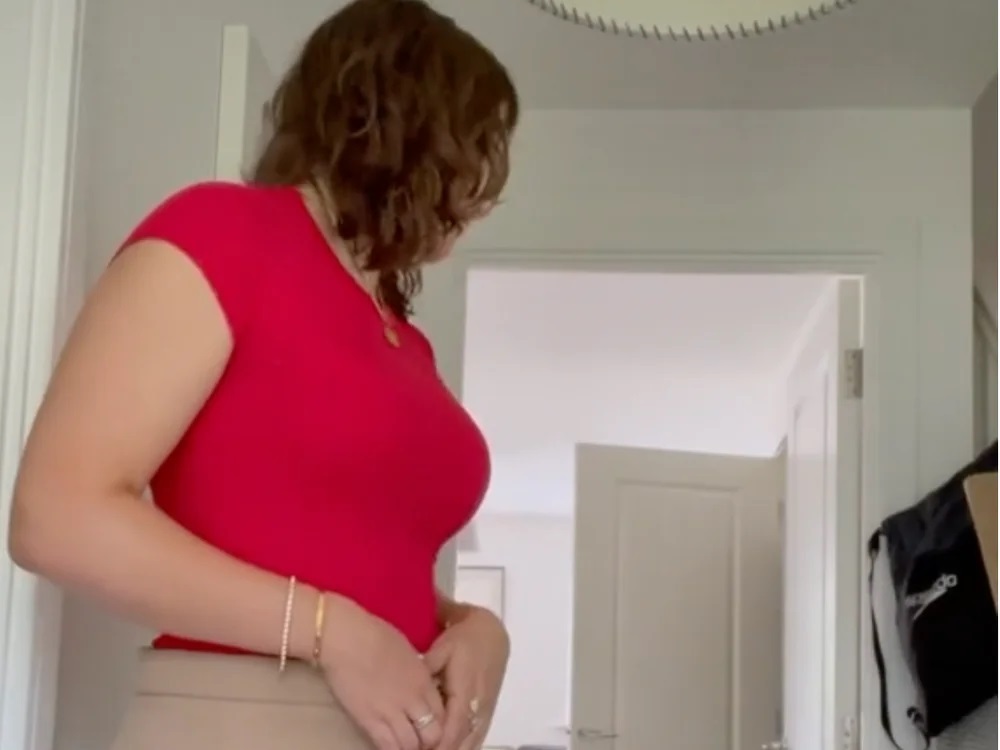“One day, I’m walking my dog, Bogey, and pushing my beautiful, delicious daughter in her stroller and out of the blue I see her — you couldn’t miss that incredible, patrician voice, the way she held her head high. She stops and says, ‘What a magnificent child you have!’ Then she looked at me with a twinkle in her eye and she said, ‘And your daughter’s not so bad either!’” —Peter Kaufman, an investment banker from New York, recalling to the Brooklyn Daily News (2003) about the day he encountered Katharine Hepburn
Those eyes! Those bones! That body! For an interview far later in life, long after she had made a gentle, on-her-own-terms peace with the press’s fascination, Katharine Hepburn would use an all-encompassing “angular” to render her own frame, her own physicality, and yes, her own personality. And who could ever argue the choice of words?
Given the legend, it now defies belief that she was ever for a minute in any sort of professional jeopardy. Katharine Houghton Hepburn, daughter of a Corning Glass heiress and of a distinguished physician, had stormed out of Bryn Mawr to take first stage, and quickly screen. She won the best actress Oscar in only her third film role for Morning Glory in 1933 and spent a good part of the next five years as a lover and companion to Howard Hughes. But by April of 1938, while shooting Bringing Up Baby with Cary Grant at the Bel Air Country Club, Hepburn was pressing through a deep valley in what had become a fraught relationship with the movie business and with public acceptance. Weeks after this photograph was taken, she would be labeled “box office poison” in a screaming full-page ad taken by the Independent Theatre Owners Association in The Hollywood Reporter.
So it’s especially lovely to see the young lady taking a break beside a perfect California fairway, catching up with her beloved male Cocker Spaniel, Mica. The dog, described falsely, but probably not accidentally, by the press of the day as “Michael,” was one of a trio that Hepburn doted on at the time—so much so that Mica’s handler and their underwhelming attempt to show the pooch actually made the papers in their own little featurette.
All of this imagery was doubtless engineered and disseminated with KGB-like ruthlessness by the iron hand of the RKO Pictures publicity department. Even before the “box office poison” tag was hung publicly around her neck, the studio had become desperate to break the string of commercial disappointments. Yet, a genuine “WASPs and their dogs” warmth and Hepburn’s glamorous anti-glamour confidence shine through this photo and through a few others from the same relaxed sitting.
But it’s still a flack’s wishful stretch to think of the Yankee blue blood and her Cocker as having an obviously warm connection to the late-Depression general public. Hepburn was at this sitting on the eve of her thirty-first birthday and in the traditional prime of “leading lady” appeal. But the circuits were scrambled because the lady in question’s beauty and unconventionality were decades ahead of their time.
That’s the way it is with a true icon: Hepburn overwhelmed the rules. And she did it long enough and well enough to prevail on the force of her immense talent. Middle America fell for her enduringly as the spinster or matriarch in ways that it couldn’t quite manage to when she was the gamine romantic interest.
Even Cary Grant couldn’t make Bringing Up Baby more than a mild success in its initial run. Acknowledgement as a classic and an archetype of the “screwball comedy” would come decades later. Katharine Hepburn, with Mica by her side, would shortly execute the boldest of comebacks by acquiring The Philadelphia Story and fighting it into production—at MGM.
subscription
LOVE, DOG








